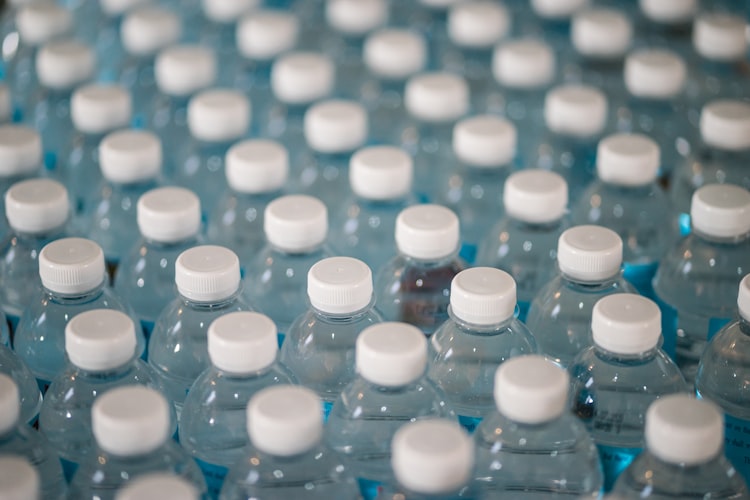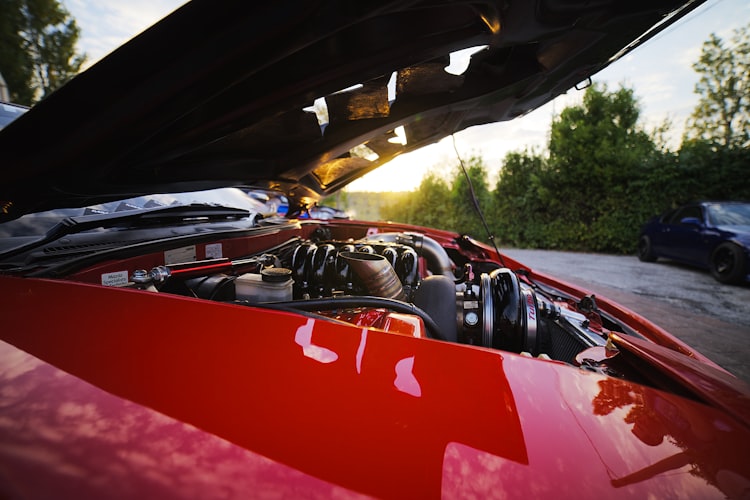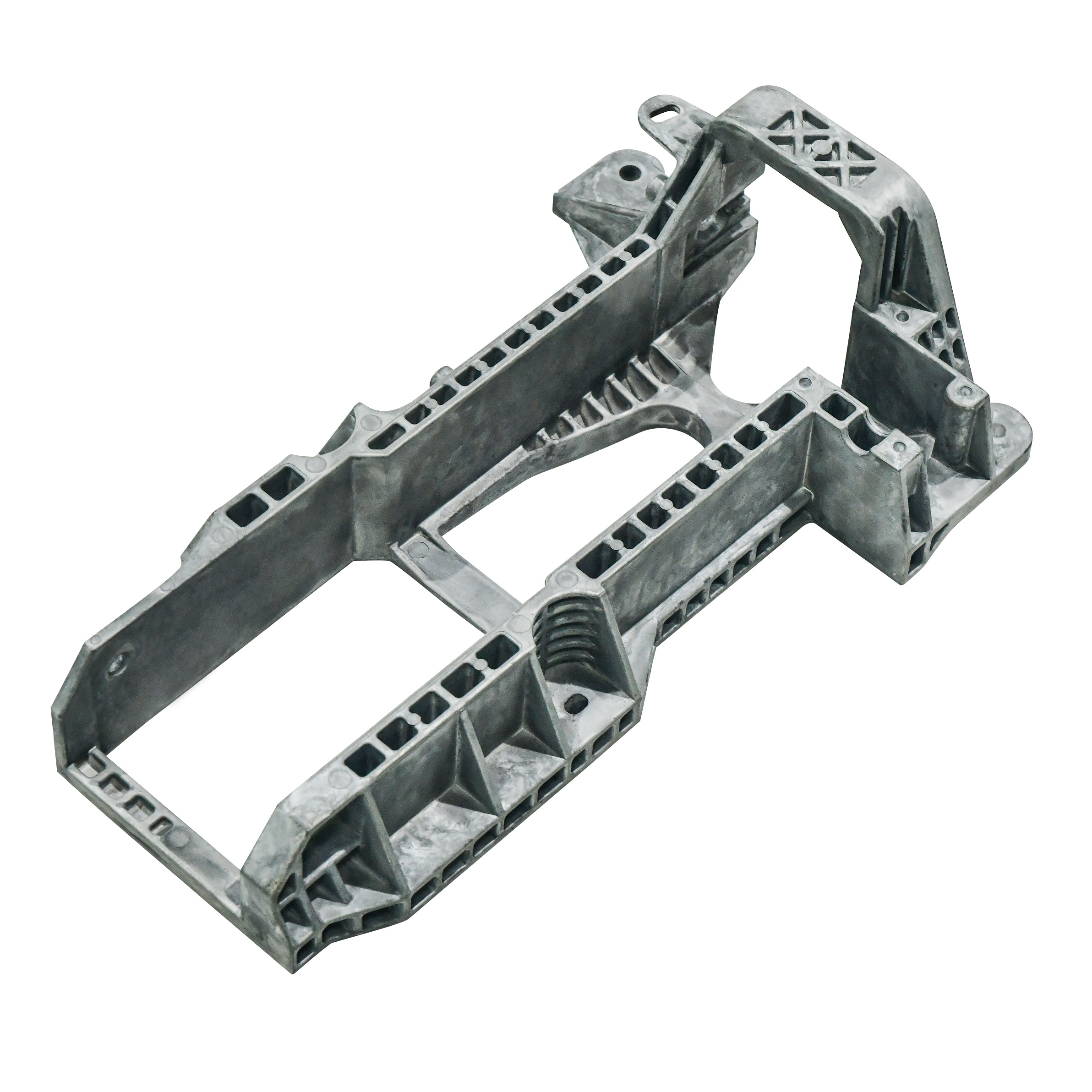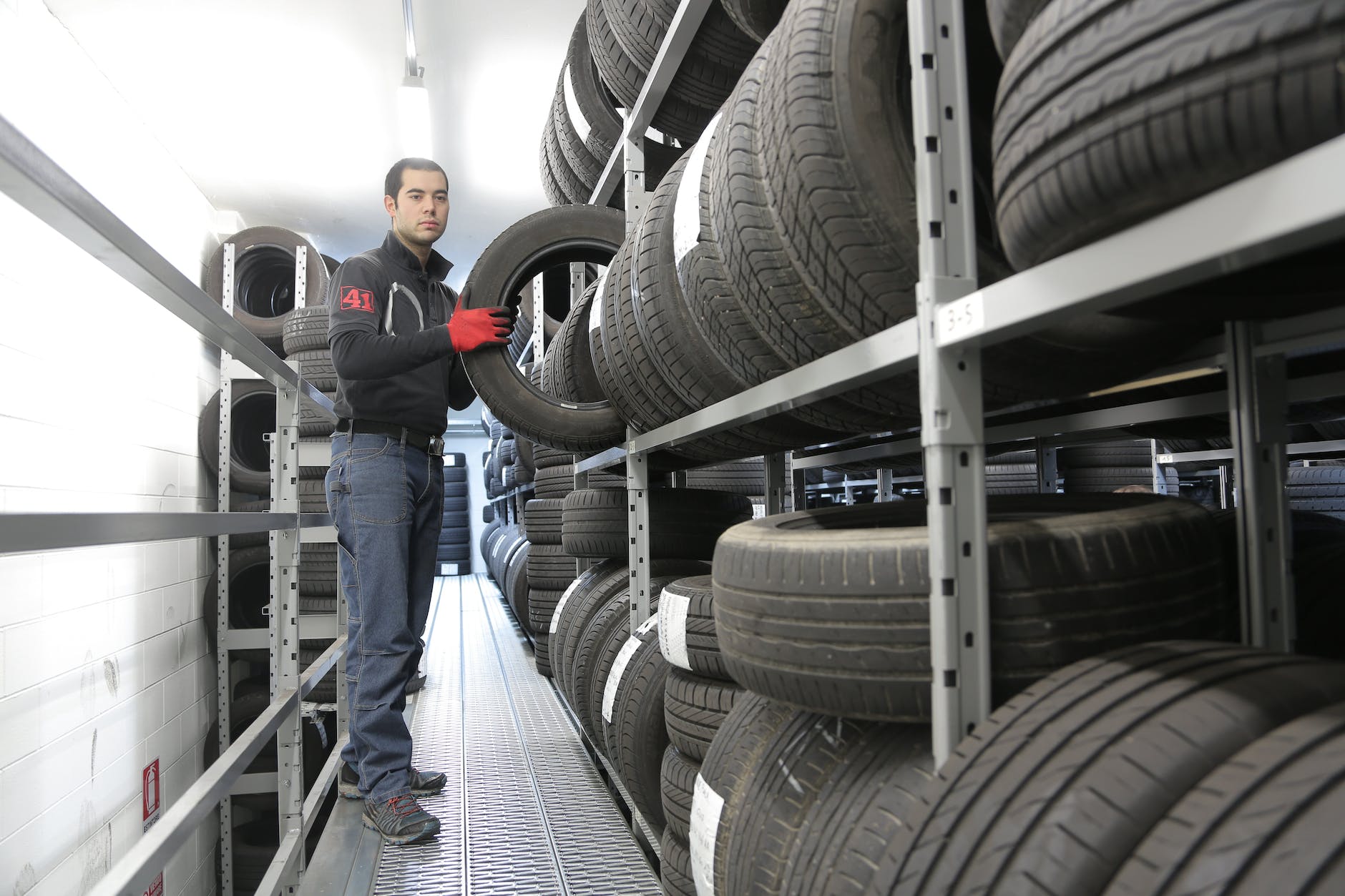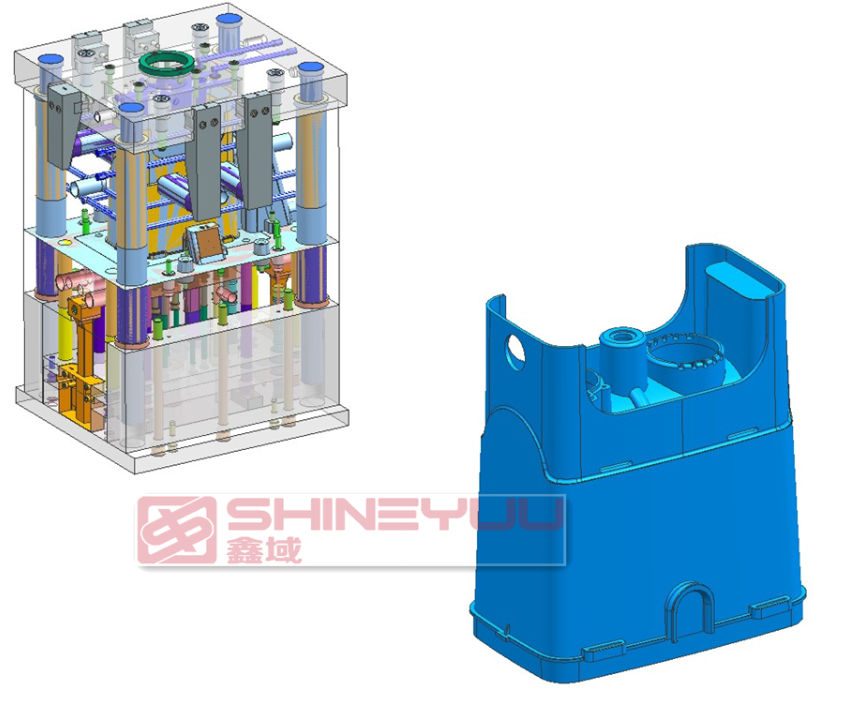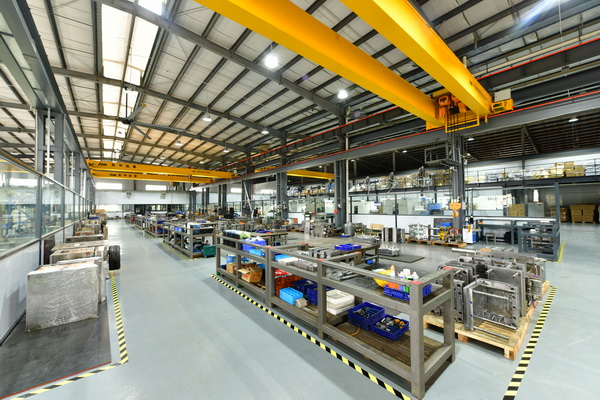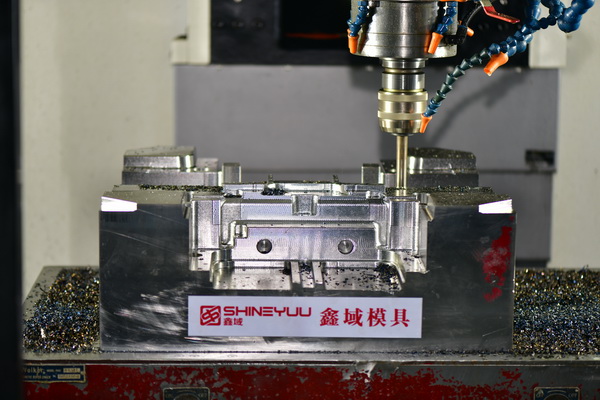Below we will look at some of the different types of molding involved when it comes to manufacturing a plastic product. We will examine each type, how it works, their cost, their ideal scenarios to be used and also which products they are generally good for manufacturing. In this way, you will have a better understanding of how to make plastic molding, but also which moldedplastic process would be best for you and your needs.
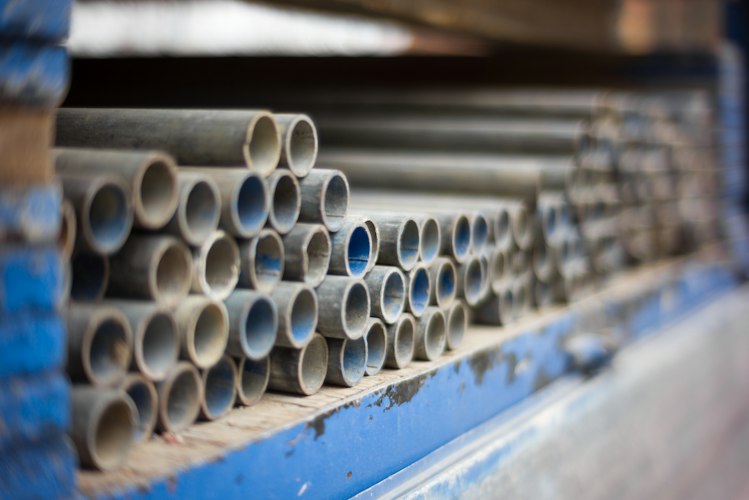
Extrusion Moulding
One of the first types of molding we can discuss today is that of extrusion molding. With extrusion moulding, hot melted plastic is pushed through a shaped hole which in turn creates a product that is both lengthy and uniform in its shape. This customized shape which the plastic is pushed through isn’t a mold, but rather a ‘die’. This die is custom made for whatever plastic molding part the customer wishes to produce. Imagine the extrusion machine itself is like that of Plah Doh, in the way that it pushes the dough through a shaped hole in order to achieve its desired design.
Many long and fixed cross-sectional profiled products can be made from extrusion moulding. These include straws, tubes, pipes, hoses, even glass. The parts themselves don’t need to be round, they can also be square for example. They simply have to keep a similar shape throughout. Because of both the machines and dies relative simplicity, extrusion molding is one of the types of plastic moulds that is actually reasonably cost-effective, but because of that same simplicity don’t expect to make parts that are overly complex or detailed.
Blow Moulding
Another type of molding is that of blow molding. Blow moulding follows a very similar process to that of glass blowing, or even like that of blowing up a balloon. The process involves a machine which heats up raw plastic until it becomes liquidized. Then, it injects air into it and it expands like a balloon. The plastic itself is blown into a shaped mould and once it expands it presses against this mould and takes the shape of the products' design.
This process works extremely quickly, can make thousands of product creations, is considered one of the more economical molding techniques and is often the go-to choice for those who which to create uniform, thin-walled containers, the perfect choice for small objects like bottles and larger ones like that of storage containers and drums. Users can also create a more customized product with a variety of thermoplastics, and commonly used materials include that of polypropylene and both high density polyethylene and low density polyethylene.
Compression Moulding
Compression molding is another type of moulding which, as its name implies, involves a piece being compressed, or in a non-technical way, being pressed together. The heated plastic is placed into one of the plastic moulders and then another piece is pressed down on top of it and given its specific shape.
Compression moulding is best used for the replacement of metal parts with plastic ones. It is also mainly used for smaller parts and products which require a high volume. Because these pieces are both strong and durable, it is often an ideal choice in the automotive industry, being used for small automotive pieces, hoods, fenders, scoops and spoilers. It is one of the types of plastic molds considered to be both cost-effective and extremely efficient.
Rotational Moulding
Rotational molding, also known as rotomolding in the mold manufacturing industry, uses both high temperature and – as the name implies – rotational movement to coat a mold’s insides in order form a product part’s desired shape. This in turn creates large hollowed parts. Very little material is wasted during this process, and oftentimes the excess materials can be re-used, making this one of the more economical and environmentally friendly types of moulding plastic.
Since this method of plastic moulding creates large hollow plastic parts, it is often used to create things like bulk containers, car parts, pet houses, recycling bins, storage tanks and kayaks, among many others. It is often a fine choice to consider rotational moulding when making parts that range within the tens to the several thousands of products needed to be manufactured and it can also be reasonably cost-effective, even when producing smaller amounts. It is one of the types of moulding processes that can be highly customized and intricate, facilitating inserts, curves, logos and slots for plastic or metal inserts also.
Injection Moulding
One of the final types of plastic molding is injection molding, otherwise known as custom injection molding. This works by, as its name implies, injecting the heated plastic into a custom-built mold, often made of metal or aluminium. Once this heated plastic has cooled, the mold is opened and the plastic is ejected, revealing a solid plastic part. Injection molding is generally considered one of the more expensive forms of molding. This is because it is also one of the most versatile and flexible ways of moulding plastic. It can be used to create the widest variety of parts, ranging in both shapes and sizes and a part’s details can vary from incredibly simple to vastly detailed and complex. See our injection molding section for more detail.
Because of this wide scope, injection moulding is used across a wide range of industries, from automotive, electrical, commercial and many others, making this a viable choice for many when choosing the right moulding plastic. It is also by far one of the most ideal choices when it comes to creating large quantities of a product, known for mass producing parts, ranging from tens to hundreds of thousands. It is commonly used in car parts, electrical pieces and switches, plastic bottle caps and a broad range of medical devices. It is also what we do here at Shineyuu – a mould manufacturing and injection molding company – do, so if you need injection molding, or are not sure of which is best for your product manufacturing, simply drop us a message and we can find out which of the different types of moulding is best for your needs.
Conclusion
We have covered 5 types of molding plastic, with a variety of different molding technics and the best times to use them, as well as the kinds of products you can find created by them. If you have any further questions you can always drop us a line here at Shineyuu, an injection molding company, and we will help assist you in any way we can.
You can also check out our other blog posts about other topics on injection molding, such as Injection Molding Vs 3D Printing, Injection Molding in China or the 10 Best Plastic Injection Molding Materials.

